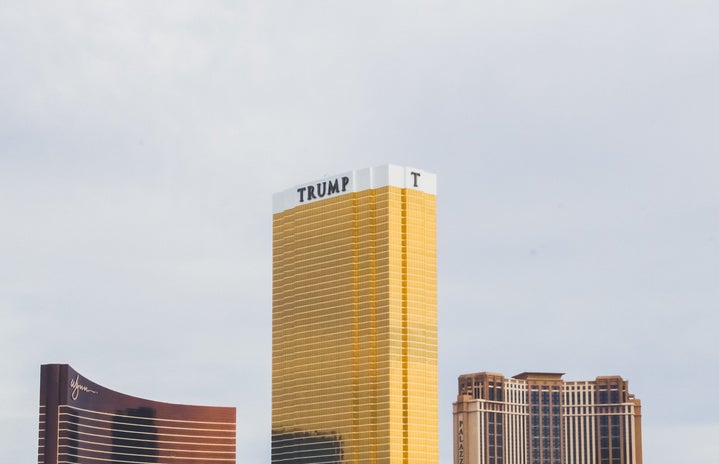The United States just came out of its longest government shutdown in history, which began on December 22, 2018. The issue began due to a disagreement between President Trump and the Democratic Party over the $5.7 billion that the president requested to fund the building of a now, steel wall along the Mexico-U.S. border. The wall is the cornerstone of President Trump’s plan for reducing immigration. Trump originally claimed that his administration would keep the shutdown ongoing until the $5.7 billion is included in government spending.
The shutdown only affected certain sectors of the federal government.
Departments that were shutdown:
Agriculture
Commerce
Homeland Security
Justice
Transportation
Treasury
Interior
State
Housing and Urban Development
Law enforcement and mail delivery stayed still up and running.
Consequences: Government Workers Not Getting Payed
The partial shutdown has had detrimental effects on the the nation and its people.
According to NPR, approximately 800,000 government employees were affected by the shutdown. Many of them were still reporting to work without compensation. On Jan. 11, Congress passed a bill that promised to pay back federal employees once the shutdown ended.
Consequences: Destruction of National Parks
The lack of staff made it incredibly challenging to keep the parks clean and under control. Joshua Tree National Park initially stayed open to the public after the shutdown, but then had to close due to the damage caused by people visiting the park. Safety at the parks was also a concern. During the shutdown, three people died on National Service land.
Results of the Shutdown
On Thursday, January 24, the Senate voted on two spending bills in the hopes of reaching a solution. One bill included President Trump’s proposal for $5.7 to fund the building of the border wall in addition to extending Deferred Action for Childhood Arrivals (DACA) and Temporary Protected Status programs.
The other was a Democratic short-term spending bill, that proposed to end the shutdown first and deal with deliberations concerning border security once the government reopened. On Friday January 25, President Trump signed the bill to reopen the government for three weeks. At that time, national spending for border security will be addressed.

